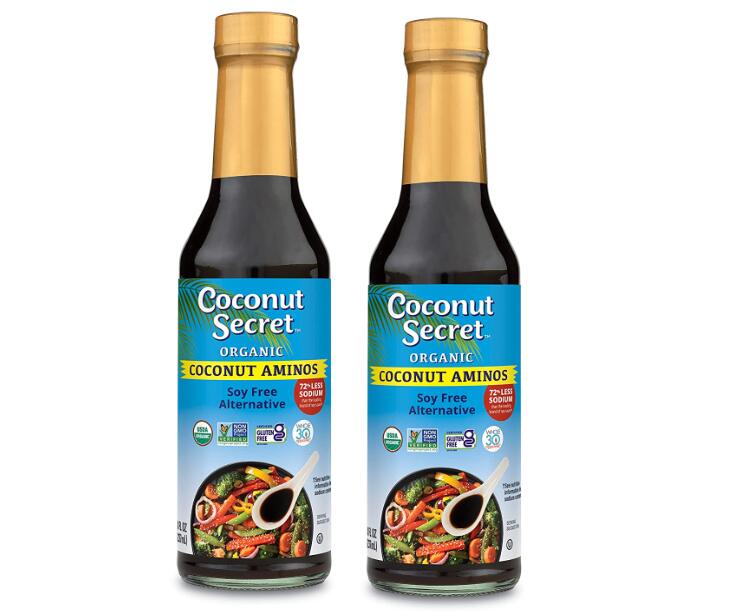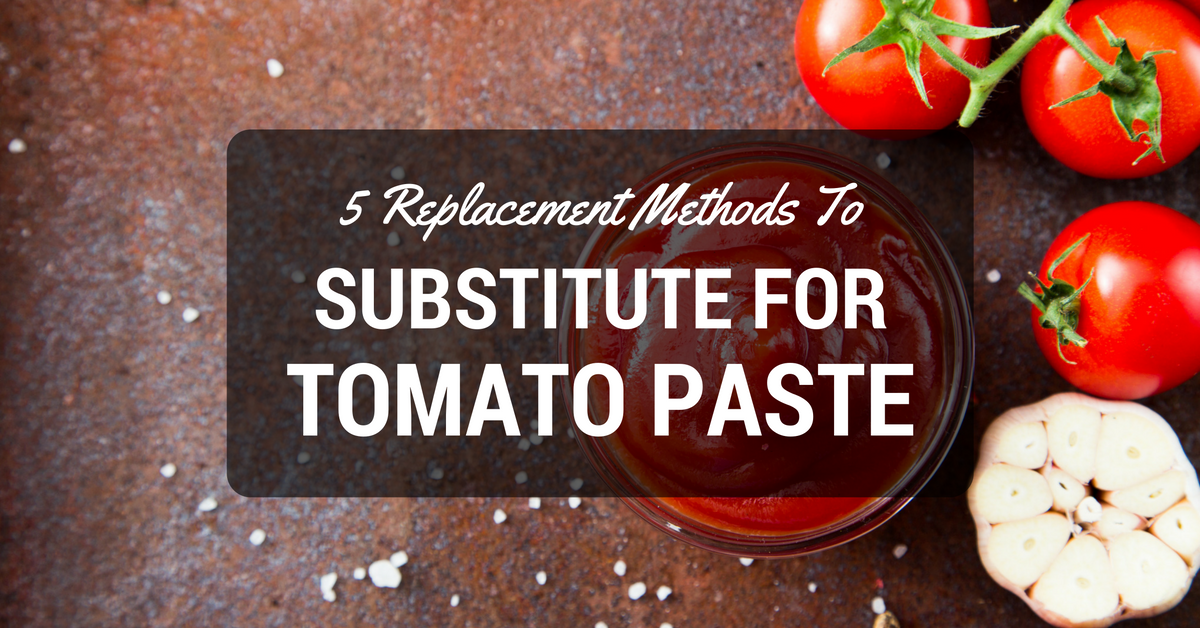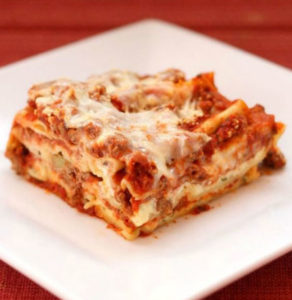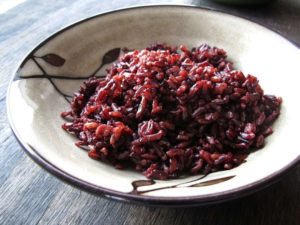Coconut aminos can always make a bland dish taste incredible. A variety of recipes include this ingredient-including western, Asian, and other cuisines. But if you don’t happen to have coconut aminos at home but still need it for a dish, you can find yourself in a pickle. In that case, you can choose a substitute for coconut aminos.
What are Coconut Aminos?
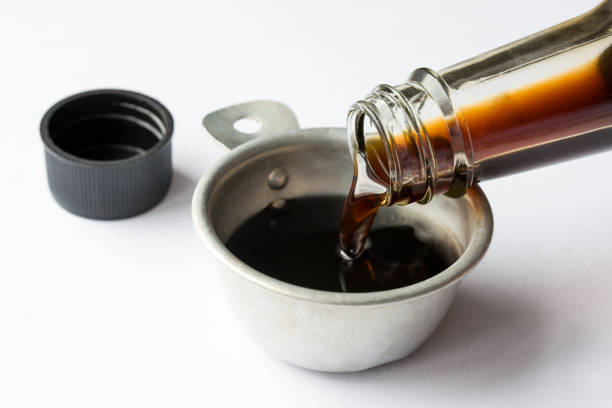
Pouring Coconut Aminos into a Measuring Cup
It is a liquid condiment made from sea salt and coconut sap. Coconut Aminos has a similar consistency and taste to soy sauce, making them a perfect addition to use in Asian cuisines. In fact, a lot of recipes that do use coconut aminos tend to be for Asian cuisine.
Of course, people don’t just add coconut aminos to their dish because it tastes good, its low in sugar, high in amino acids, and is gluten-free. So, its usually a healthy substitute for soy sauce. Coconut aminos are paleo and vegan-friendly, allowing vegan people to boost the flavors of their dishes.
Another benefit of using coconut aminos in your dishes is that they contain probiotics, improving gut health. Note that fermented sap is rich in minerals and vitamins, such as iron, magnesium, and potassium. Since coconut aminos have the same taste as soy sauce, you can use them as an alternative to each other.
Best Coconut Aminos:
Substitute for Coconut Aminos
If you don’t have coconut aminos at home, but the recipe calls for it, you can choose from a number of alternatives. While some are direct replacements for coconut aminos, other offer the same consistency with a slightly different taste.
Tamari Soy Sauce
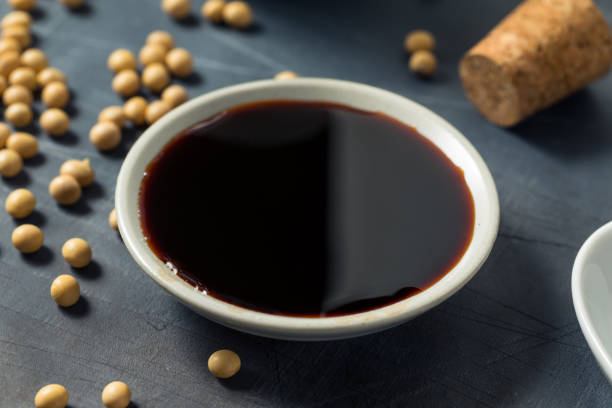
Organic Dark Soy Tamari Sauce in a Bowl
Tamari is an ideal coconut aminos alternative that you can use in different recipes. People who are sensitive to gluten or wheat can choose tamari. Generally, it doesn't contain wheat, but as an added measure you should always check their ingredients. Some manufacturers will even explicitly mention that they’re gluten-free on the label.
You can even use tamari in equal quantity coconut amino, as it has a similarly salty taste. It can even offer you the same beautiful colors as aminos too. However, if you need to be careful of your salt intake due to health concerns, you should be more careful of the quantity you use in your food.
Liquid Aminos
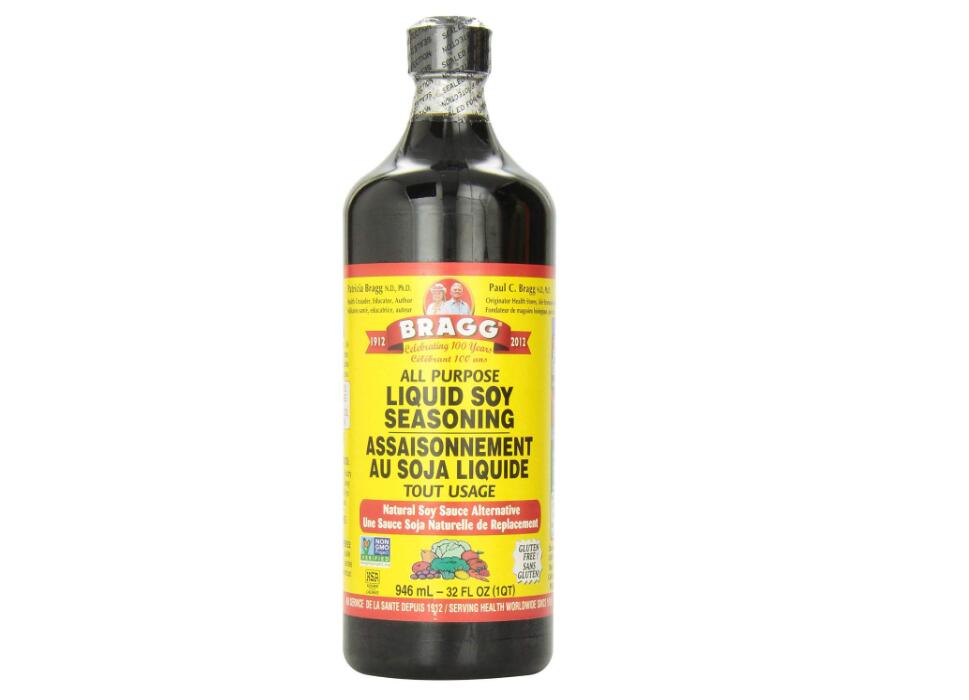
This is a salty, gluten-free liquid protein that often offers a sweet flavor. Its authentic, delicious flavor makes it an ideal alternative to coconut aminos in equal quantities. Liquid aminos come from unfermented soybeans.
Though liquid aminos and coconut aminos have the same meanings, they come as a result of different production methods. More specifically, coconut amnions doesn’t contain any soy. So, if you love the taste of liquid amino, you can use it in place of your recipes in equal parts to coconut aminos.
Soy Sauce
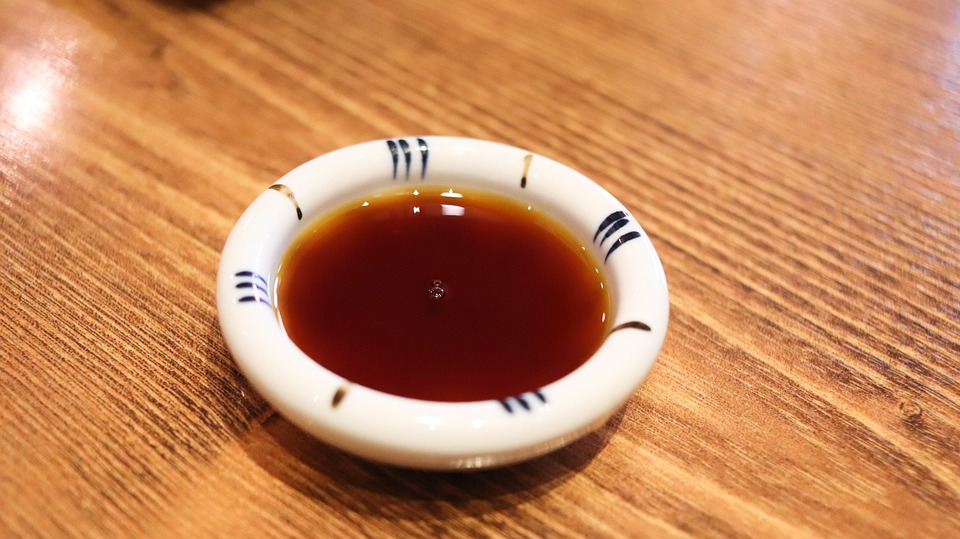
Soy Sauce is possibly the most common alternative to coconut amino, since it’s made from soybeans, salts, wheat, and water. It has a scrumptious rich, savory flavor and a dark brown color. Besides all of that, this is the most commonly used ingredient worldwide, especially in Asian countries like Korea, China, Thailand, and Japan.
Soy sauce goes through a fermentation process that gives it a unique color. This is another reason soy sauce can last much longer than coconut aminos. Along with being a great ingredient in many dishes, it’s also an ideal sauce for dips.
Teriyaki Sauce
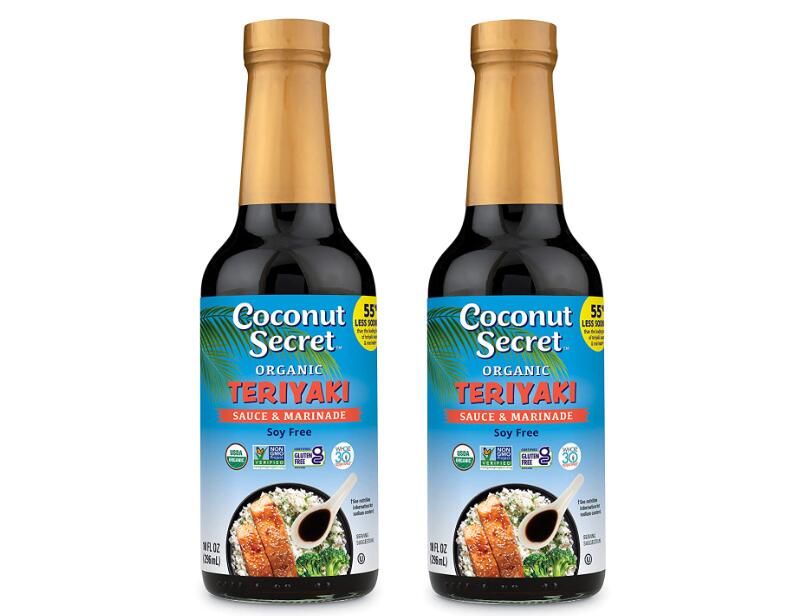
This is a super flavorsome sweet-savory sauce that can make for a great alternative to coconut aminos. It tastes especially good with different types of meats like fish, beef, or chicken.
Teriyaki is a Japanese method of cooking in which food is broiled or grilled with a sauce made of mirin, soy sauce, and sugar. Not only does it make the food taste better, but it also helps keep the meat tender and moist.
Worcestershire Sauce
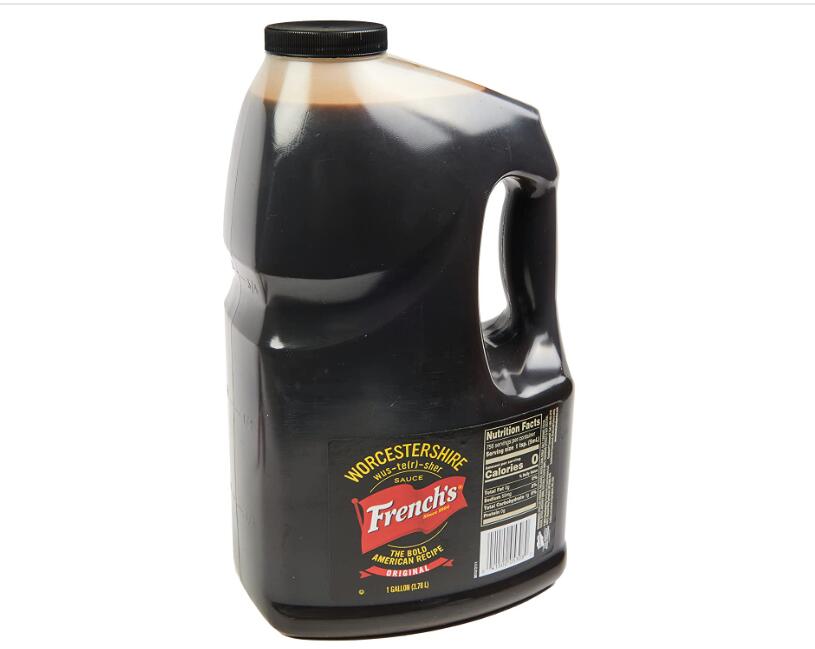
Worcestershire sauce, along with being one of the few sauces to not come from Asia, is also the hardest one to pronounce. Originating from England, it’s a savory sauce that makes for a good addition to steaks and meats, and is generally a good substitute for both soy sauce and coconut aminos.
This substitute for coconut aminos has a composition of fish sauce, vinegar, soy sauce, onion, garlic, and other spices. Many people add it to fish or meat dishes, soups, and salads. You can also use it for marinating your meat or adding it as a dressing.
Its authentic recipe is lesser known, with the original recipe being unique to handful of families that have passed down the recipe for generations. But whether you make it at home or buy it from the store, this sauce is a versatile one to add to your kitchen pantry.
Fish Sauce
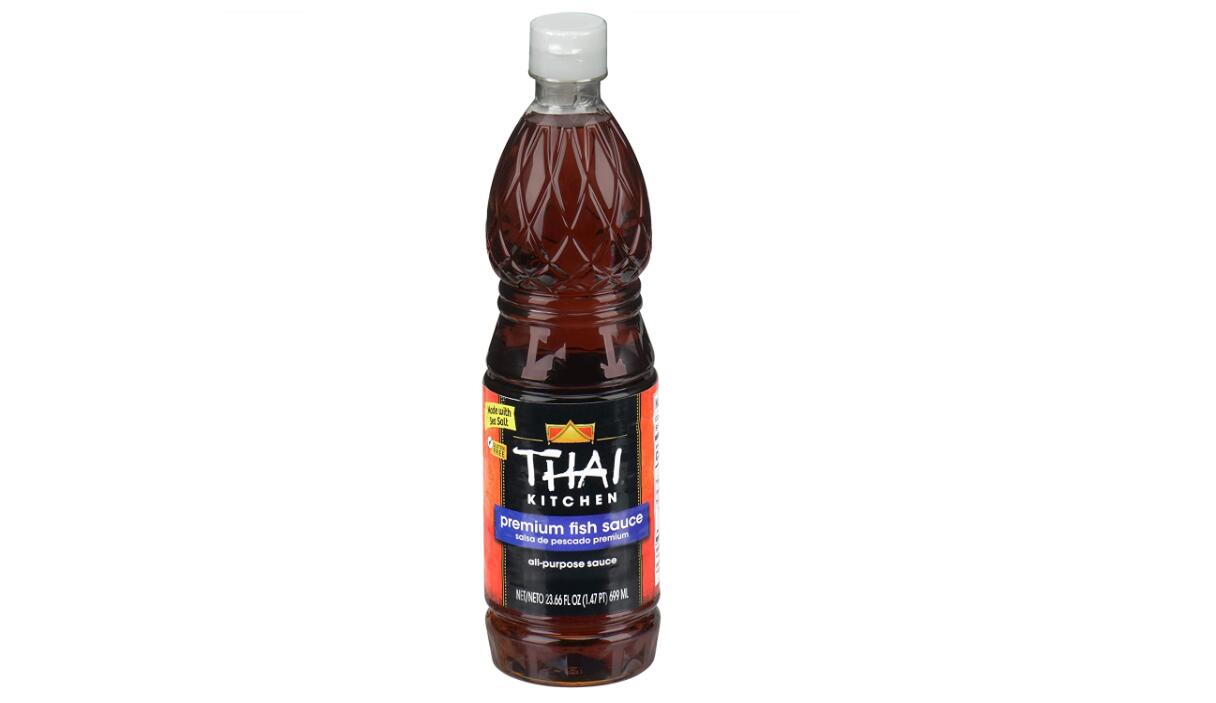
All of the other additions on this list have been a fairly close substitute to coconut aminos. But if you’re looking for something that tastes a little different, you can try out fish sauce. Fish sauce has a very powerful flavor, which can often be overpowering for most people. You should always be careful when adding it to your recipes, since it could completely change how they taste. Therefore, gradually add it to your dish. Add a few drops, taste it, and then some more based on strong it is.
These sauces come from the fermentation of krill fish. But that also makes it a less favorable option is why it's not a good option for people with seafood allergies. You can use it for marinades, broth, and stews.
Bottom Line
While some of these alternatives can add a unique spin to your dishes, others have more or less the same taste. Substitutes like liquid amino and soy sauce are the most similar, to the point where you can get almost the same flavor when replacing it in your recipes. And when you’re adding these sauces to your dishes, always be sure to measure how much you put in.
Sources
https://kitchenous.com/coconut-aminos-substitute/
https://www.acouplecooks.com/best-coconut-aminos-substitute/

